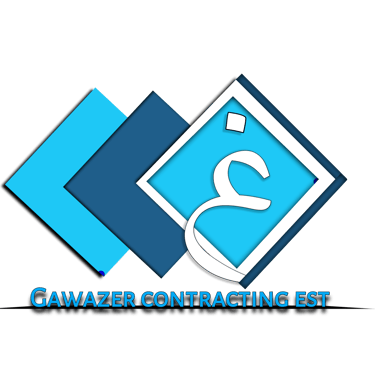Regular Gypsum Board
, also known as standard drywall, is a versatile building material used for interior walls and ceilings in dry areas. It consists of a core made from gypsum (calcium sulfate dihydrate) pressed between two layers of heavy paper.
Key Features:
• Lightweight & Easy to Install: Can be easily cut, shaped, and mounted using screws or nails.
• Smooth Finish: Provides a ready-to-paint or decorate surface.
• Fire Resistant: Naturally non-combustible due to gypsum’s water content.
• Sound & Thermal Insulation: Helps reduce noise and improves energy efficiency.
• Economical: Cost-effective and widely available in multiple sizes and thicknesses.
Applications:
Ideal for interior wall partitions, ceilings, and decorative designs in residential, commercial, and institutional buildings.
Limitations:
Not recommended for high-moisture areas like bathrooms or kitchens without additional moisture protection.
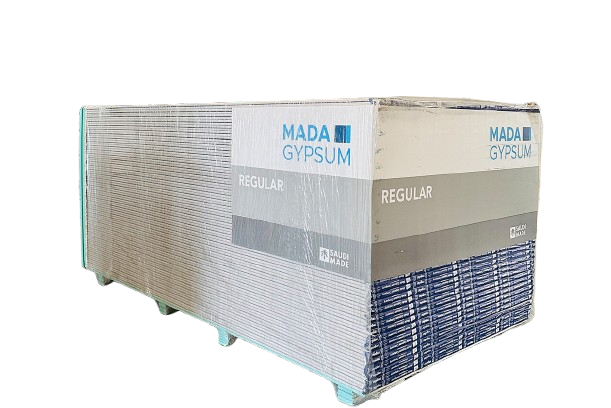

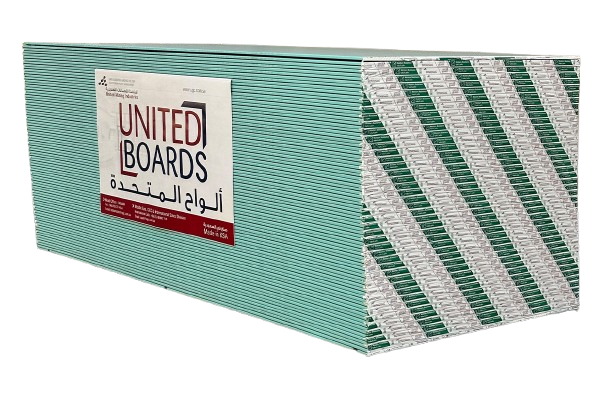

Moisture Resistant Gypsum Board
Moisture Resistant Gypsum Board, also known as MR board or green board, is specially designed for use in areas exposed to humidity and occasional moisture. It features a gypsum core treated with water-repellent additives and is covered with moisture-resistant paper, typically green in color for easy identification.
Key Features:
• Water-repellent core for added moisture protection
• Durable and easy to install
• Smooth surface for paint, tiles, or other finishes
• Provides basic fire resistance and sound insulation
• Available in various sizes and thicknesses 12.5*2.40*1.20
Applications:
Ideal for use in bathrooms, kitchens, laundry rooms, basements, and other humid environments. It is also suitable as a substrate for ceramic tiles in wet areas.
Note:
While it resists moisture better than regular gypsum board, it is not waterproof. Direct water contact should be avoided, and proper sealing or waterproofing is recommended for wet zones.
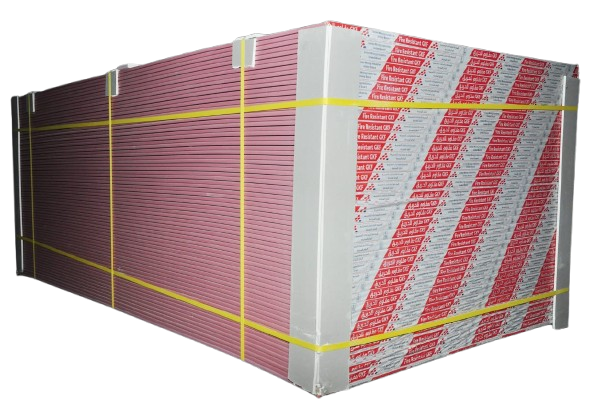

Fire Resistant Gypsum Board
Fire Resistant Gypsum Board, also known as Type X Gypsum Board, is specially designed to provide enhanced protection against fire. It contains glass fibers and other additives mixed into the gypsum core, which improve its strength and fire-resistance properties. This board can help slow down the spread of flames and maintain structural integrity during a fire.
Key Features:
• Special glass-fiber reinforced gypsum core
• Superior fire-resistance performance compared to regular gypsum board
• Maintains strength and stability under high temperatures
• Smooth surface suitable for paint, wallpaper, or other finishes
• Available in multiple thicknesses to meet building code requirements
Applications:
Ideal for areas where building codes require fire-rated walls or ceilings, such as stairwells, corridors, garages, service shafts, and commercial buildings.
Note:
Fire-resistant gypsum board is designed to slow down fire spread, not to make structures completely fireproof. It should be used as part of a complete fire-rated wall or ceiling system.
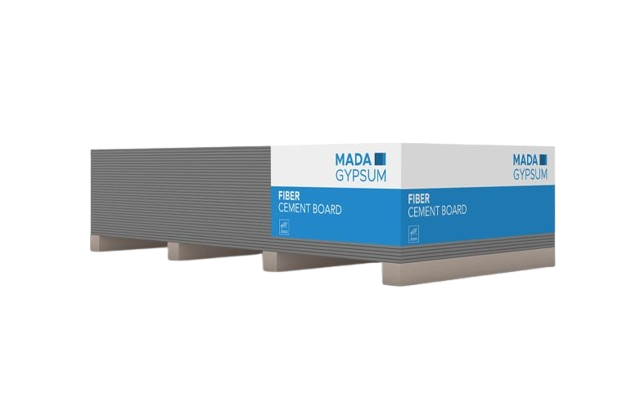

Cement Board
Cement Board is a strong, durable, and water-resistant building panel made from a cement and reinforced fiber composition. Unlike gypsum boards, it is completely inorganic, making it highly resistant to moisture, mold, and rot. Its solid structure makes it ideal for use as a base for tiles, stone, and other heavy finishes, especially in wet or outdoor areas.
Key Features:
• Excellent moisture and water resistance
• High strength and impact resistance
• Resistant to mold, mildew, and rot
• Suitable for both indoor and outdoor applications
• Can be painted, tiled, or finished with various coatings
• Long-lasting and dimensionally stable
Applications:
Perfect for bathrooms, kitchens, laundry areas, swimming pool surrounds, and exterior cladding. It is commonly used as a tile backer board and in places exposed to water and weather.
Note:
Heavier than gypsum board and requires proper cutting tools. Always handle with care and use corrosion-resistant fasteners for installation
